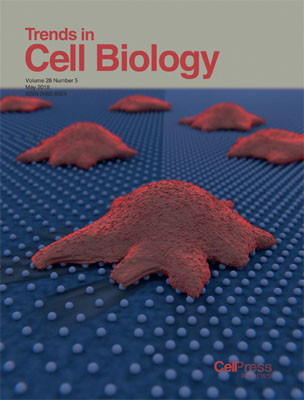In ‘Control of Mechanotransduction by Molecular Clutch Dynamics’, the IBEC researchers review how cell dynamics and mechanotransduction are driven by molecular clutch dynamics.
The molecular clutch hypothesis suggests a mechanism of coupling between integrins and actin during cell migration, whereby a series of bonds that dynamically engage and disengage link cells to their microenvironment.
By considering the molecular and mechanical properties of actin filaments, myosin motors, adaptor proteins, and integrins/cadherins, the molecular clutch model can predict cell response to mechanical factors including cell contractility, matrix rigidity, and the density, nature, and distribution of matrix ligands. It also affects cell response, largely by controlling the rate of force loading in specific molecules.
The Trends cover depicts a cell attaching to its environment through specific bonds and applying force, which is the central message of the molecular clutch model.
—
Source article: Alberto Elosegui-Artola, Xavier Trepat, Pere Roca-Cusachs (2018). Control of Mechanotransduction by Molecular Clutch Dynamics. Trends in Cell Biology, 28, 5, p356–367

The research team observed changes in head circumf...
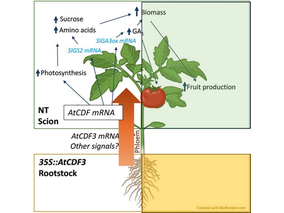
AtCDF3 gene induced greater production of sugars a...
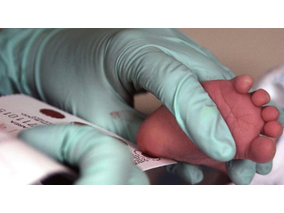
Un estudio con datos de los últimos 35 años, ind...
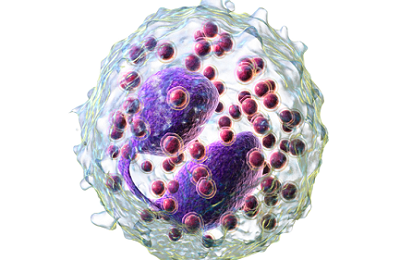
En nuestro post hablamos sobre este interesante tipo de célula del...
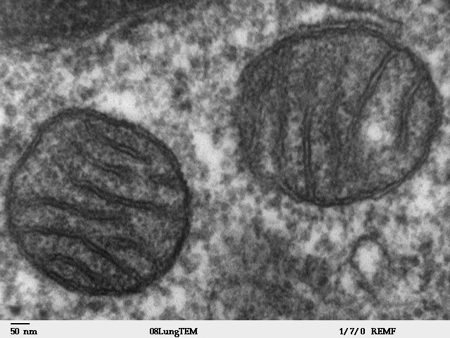
Research led by IIBB-CSIC and CIBEREHD scientists identifies S-adenosy...
Biotechnology portal in Spain
Subscribe to our newsletter and stay up to date with the latest news and deals!
2013 © Biotech-Spain.com - Site Developments SL. All Rights Reserved. Terms of Service | Privacy Policy
Articles
Directory
